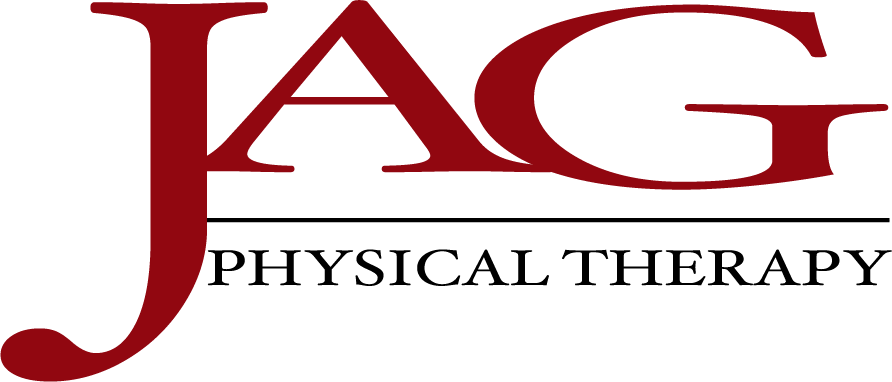Dry needling is an increasingly popular physical therapy treatment option, and it’s not hard to see why. This is a method of outpatient treatment that can offer quick relief of muscle pain without the use of medication, and it’s effective enough that pro athletes across the world of sports rely on dry needling as part of their rigorous PT plans. But no matter what walk of life you come from, dry needling has the potential to greatly reduce or even eliminate your problem muscular pains.
At JAG PT, our multi-specialty physical therapy team provides certified dry needling treatment throughout New York, New Jersey, and Pennsylvania as part of our comprehensive services. All of our patients receive customized treatment plans combining multiple modalities, which may include dry needling therapy and many others, to target their specific musculoskeletal health needs. Book your appointment at JAG PT today or read on for more information on what dry needling can do for you.
What is Dry Needling and How Does It Work?
Dry needling is the use of fine, filiform (thread-shaped) needles to penetrate particular areas of muscle tissue called myofascial trigger points. As you may know, muscle tissue is composed of long, thin, stringy cells called myocytes, or muscle fibers. When muscles move, are stimulated, or are damaged, some of the fibers can become more taut than others and remain contracted.
Myofascial trigger points are small regions where muscle fibers are in this tensed state – they can cause pain, stiffness, and/or weakness in the affected muscle, and may be felt as raised nodules that stand out from the rest of the muscle tissue. Because dry needling specifically deals with this phenomenon, it can also be thought of as trigger point therapy. During dry needling, the tips of the needles enter trigger points and interrupt the physical structure of the nodule, causing the muscle tissue to locally relax. Removing the source of tension in this way can mean very fast relief of pain and other symptoms.
What Are the Key Benefits of Dry Needling?
Dry needling is best utilized as part of a larger physical therapy program, but it has plenty of advantages in itself. First among these is that it can work very quickly – some patients report feeling better after only one dry needling session, while others can get to a pain-free state with just a small number of sessions. Another is the possibility of better range of motion in troublesome muscle groups, as dry needling works by reducing tension and allowing the muscle fibers to contract and relax as normal. Finally, dry needling can be used in most areas of the body and has been seen to be effective in patients with health issues as diverse as severe sports-related muscle strains and chronic conditions such as fibromyalgia.
Is Dry Needling Safe and Who Can Benefit From It?
All in all, dry needling is generally safe when provided by a physical therapist who is trained in this modality using sterile tools. However, it is still a low-level invasive procedure, and a high degree of safety does not mean all risk is eliminated. Common side effects include mild bleeding or bruising, and while most patients report that dry needling sessions are painless, some people may feel some pain at the needling site that goes away within hours.
Since dry needling is an appropriate treatment for a large number of conditions, almost any adult could potentially benefit from it. You should consult a physician and inform your physical therapist beforehand if you have a bleeding disorder such as hemophilia or if you are unsure if your health condition puts you at risk of complications when receiving dry needling.
How Does Dry Needling Compare to Other Pain Relief Methods?
Dry needling therapy has commonalities with other musculoskeletal treatments that are familiar in the world of PT. For example, acupuncture uses fine needles as the primary tool like dry needling does, and massage therapy acts on myofascial trigger points just as dry needling does.
However, there are a number of important distinctions to be made. Considering dry needling versus acupuncture, where dry needling is performed on observable areas in muscle tissue (trigger points), acupuncture relies on a system of “meridians” which don’t necessarily correspond to the anatomical locations of pain. Therapeutic massage can be very helpful for muscle pain and stiffness, but only works on the myofascial trigger points indirectly, whereas dry needling is a way to reach the trigger points themselves in order to resolve the problem.
This means that in cases of intractable pain or immobility from muscle tightness in a well-defined area, dry needling may be one of the best treatment options available. For example, if a patient has difficulty moving one thumb and is found to have a number of myofascial trigger points in that area, they may get immediate symptom relief from dry needling in the hand or forearm.
Schedule a Dry Needling Session at JAG Physical Therapy
If you’ve been suffering from localized muscle pain and stiffness and need the right option, schedule a consultation for dry needling at your local JAG Physical Therapy clinic now. We serve all our patients with the ideal combination of professional knowledge and compassionate care, making sure to skilfully deliver each specialty treatment with the goal of getting you back to your healthy, pain-free routine. Book your appointment now or contact us with any questions.
